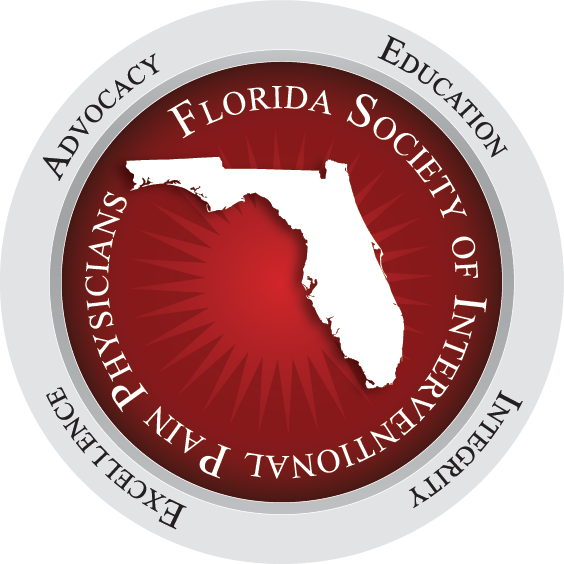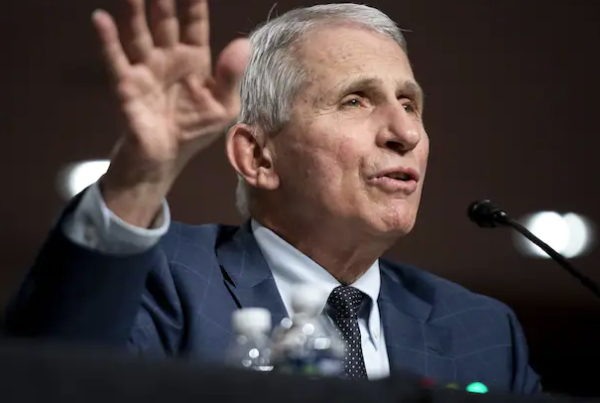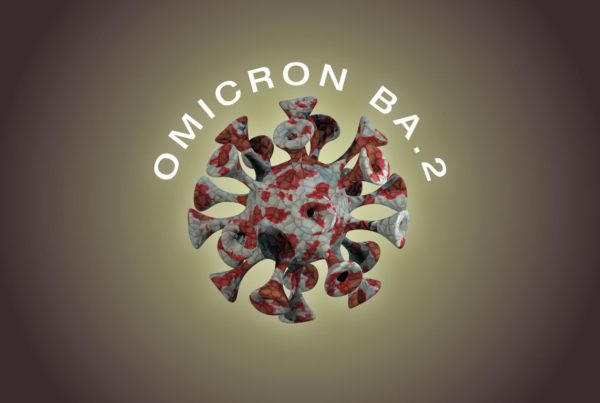As expected, the FDA on October 20 authorized booster doses of the Moderna SARS-CoV-2 vaccine for certain populations and the J&J-Janssen vaccine for all recipients. The agency also authorized a “mix & match” booster strategy allowing the use of each of the available SARS-CoV-2 vaccines as a heterologous booster dose in eligible individuals who have completed their primary vaccination with a different vaccine. The FDA amended the EUA for the Moderna vaccine to allow for a single half-dose booster for fully vaccinated individuals at least 6 months from their second prime-boost dose who are also aged 65 or older, or aged 18 to 64 and at high risk of severe COVID-19, or aged 18 to 64 and have frequent institutional or occupational exposure to SARS-CoV-2. For the J&J-Janssen vaccine, the FDA authorized a single booster dose for all adult recipients at least 2 months after the primary shot. Additionally, the agency clarified the Pfizer-BioNTech authorization to allow it to be used for heterologous booster doses. The FDA already authorized boosters of the Pfizer-BioNTech vaccine for certain populations, and the companies today released topline results from a Phase 3 clinical trial showing a relative vaccine efficacy of 95.6% among booster dose recipients when compared with those who did not receive a booster. The data are not yet published or peer-reviewed. In its communications, the FDA did not show preference for any of the vaccines and did not say whether it is better to receive a booster dose with the same vaccine. The CDC’s Advisory Committee on Immunization Practices met last week and voted for approval. Subsequently, Rochelle Walensky, director of the Centers for Disease Control and Prevention, gave the final approval last night which means that eligible Americans at risk of severe disease can choose any of the three boosters now authorized in the United States regardless of their original shot. The CDC plans to release guidance early this week with more detailed information about who might benefit from choosing one booster over another, as the panel requested. CDC advisers and agency officials are still working out whether to recommend that some people stick to their original vaccine if possible. Notably, with various populations cleared to get boosters from different vaccines, and the FDA expected to soon authorize a different dose of the Pfizer-BioNTech vaccine for children ages 5 to 11, pharmacies, immunization programs, physicians, and others face challenges in tracking inventory, minimizing waste, and ensuring the correct dose is being given to the correct individual.
On October 20, the White House released a plan for the rollout of SARS-CoV-2 vaccinations for children ages 5 to 11 when the FDA and CDC authorize their use. The largest parts of the plan involve the purchasing of 28 million doses of the Pfizer-BioNTech vaccine—enough to cover every child in that age group—and operational changes to make vaccination conveniently located and accessible. To support jurisdictional planning, the CDC published an Operational Planning Guide indicating that as soon as regulatory agencies make a decision, the US government will begin shipping pediatric vaccine formulations, initial allocations of which will be made pro-rata and are available for preorder. The White House plans to distribute the vaccines to 25,000 pediatrician offices and 100 children’s hospitals nationwide, in addition to sending doses to pharmacies and rural health clinics. Additional plans for public education will ramp up closer to the expected time of authorization, potentially the beginning of November. Speaking at a recent White House briefing, Dr. Anthony Fauci, Chief Medical Advisor to President Joe Biden, reiterated the importance of achieving high vaccine coverageacross all eligible age groups, noting data show that children can become infected with and transmit SARS-CoV-2 as readily as adults, although half of them remain asymptomatic.
CSSE is reporting 45,352,376 positive cases in the U.S. and 734,550 deaths.



